Early Bird Ends
January 31, 2025
Judging
Date
May 19, 2025
Winners Announcement
June 10, 2025

In the ongoing debate of red wine versus white wine, the answer to supremacy hinges on individual taste and preferences. Despite their shared roots in grape fermentation, reds and whites diverge in crucial ways.
Red wine, maintaining grape skins during fermentation, boasts a distinctive ruby hue. In contrast, white wine undergoes a process where skins are crushed and removed, resulting in clear grape juice. The aging process further distinguishes them — white wines often mature in cast iron vessels, while reds find solace in oak barrels.
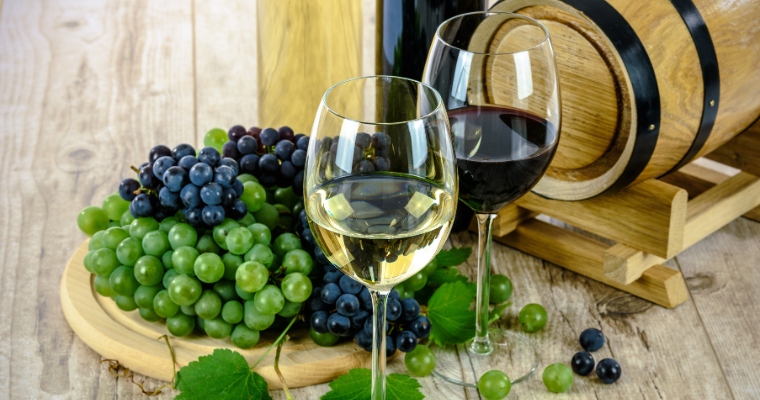
Image source: Pixabay
These aging vessels play a pivotal role, allowing oxygen to seep into red wine, smoothing acidity and altering texture. The impact extends to diverse food pairings, storage conditions, and potential health considerations.
This exploration into the world of red and white wines serves as a guide, assisting you in making a well-informed choice along with suggesting unique winners from Sommeliers Choice Awards 2023.
The major difference between white wine and red wine has to do with the color of the grapes used in making it. Also whether the grape juice is fermented with or without its skin.
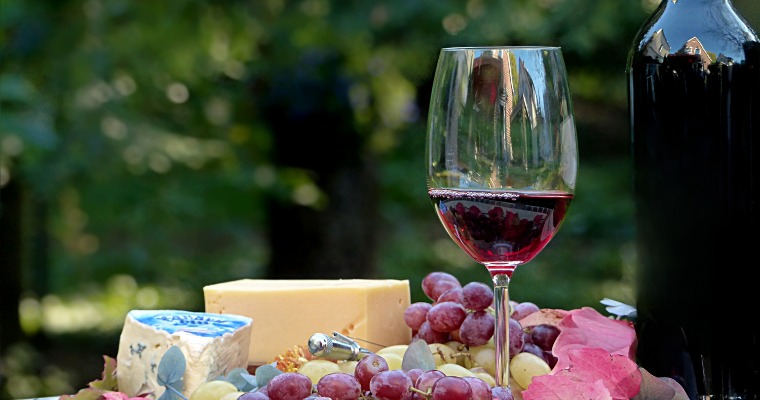
Image source: Unsplash
With a distinct history, Red wine holds a robust flavor and unique scent, with the crushing of red or black grapes along with their stem, seeds, and skin initiating the fermentation process that leads to red wine. However to make white wine, the former undergoes a unique process where the grape skins are crushed and removed, resulting in a clear grape juice. Many different varieties of grapes are used to make wine, including Pinot Gris, Syrah, and Cabernet Sauvignon.
‘In comparing red wine versus white wine, the health benefits are seen with consumption of red wine,’ says Courtney Kalamar, a licensed and registered dietitian at Piedmont Henry Hospital. ‘This is in part because the skin of the grape is included in the fermentation of red wine.’
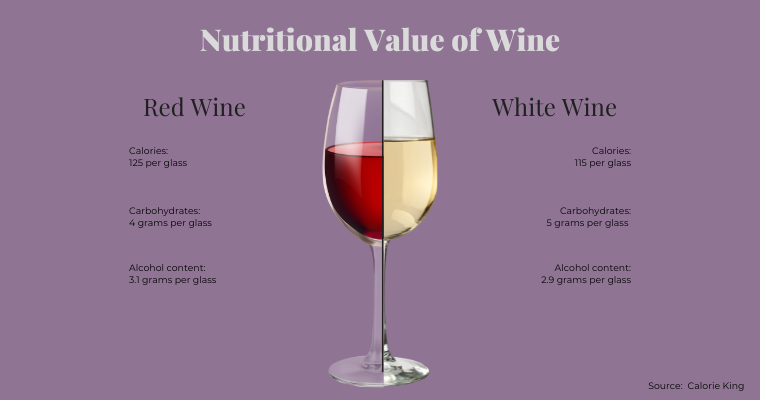
“In terms of benefits, red wine has been shown to promote heart health, improve HDL cholesterol levels (beneficial fat), decrease LDL cholesterol levels (unhealthy fat), and reduce risk for blood clots,” says Kalamar. “Moderate red wine consumption has also been linked to decreased risk of certain cancers, decreased risk of gallstones, and improved cognitive function. All of these benefits are the result of the antioxidants, polyphenols, resveratrol, flavonoids, and tannins in red wine.”
While we compare white wine, the difference is marginal. Having fewer calories compared to red wine brings the results relying on your choice to consume.
In vinification, the production of red and white wines follows divergent paths, notably in the crucial stages of maceration and fermentation. For red wines, the initial step involves crushing the grapes into a must, initiating the maceration process.
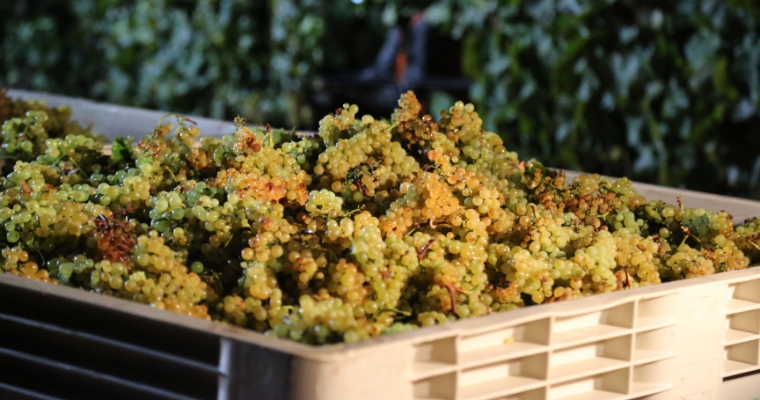
Image source: Unsplash
This critical phase, occurring either before or after fermentation, allows the extraction of color, tannic structure, and flavor profiles from the grape skins. The duration of skin contact during fermentation significantly influences the wine's color intensity, as phenolic compounds impart depth and contribute to the wine's crisp flavor and essence.
Fermentation, a crucial stage in winemaking, demands precise temperature control. Red wines thrive within a temperature range of 68 to 80 degrees Fahrenheit during fermentation. This range optimizes the extraction of phenolic compounds, ensuring a harmonious balance in the final product.
On the other hand, the production of white wines follows a different process. After undergoing the crushing process, white grapes are nicely pressed to extract their cloudy liquid, avoiding skin contact. Fermentation for white wines occurs at lower temperatures, typically between 57 and 65 degrees Fahrenheit. This deliberate temperature choice not only preserves the delicate characteristics of white grapes but also retards the aging process, resulting in a final product with a lower tannin concentration and a unique flavor profile.
A comprehensive study on both shows that comparing red & white wine is not limited to their colors, the properties of wine depend on many factors, including the natural characteristics of a particular grape variety, and the other specifics of the production process.
Suggesting a few award-winning wines from Sommeliers Choice Awards 2023, which bring out their distinct specialty to your collection:
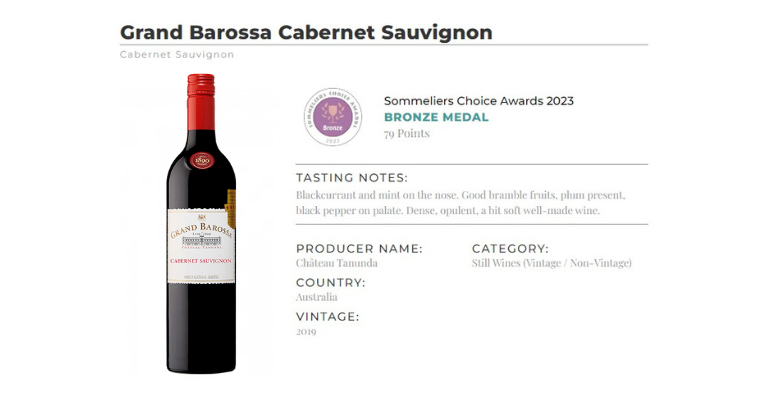
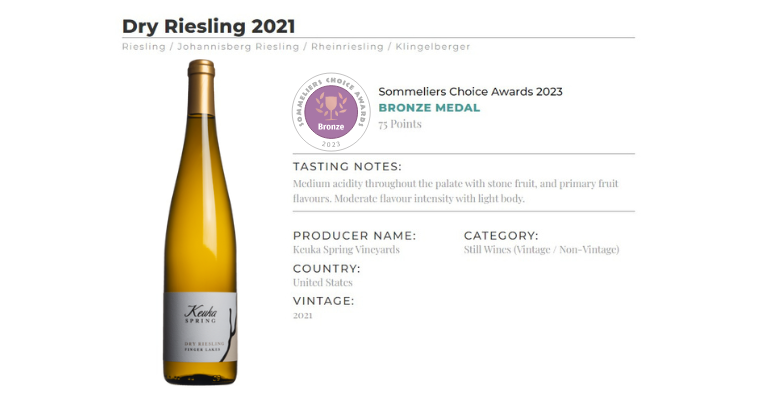
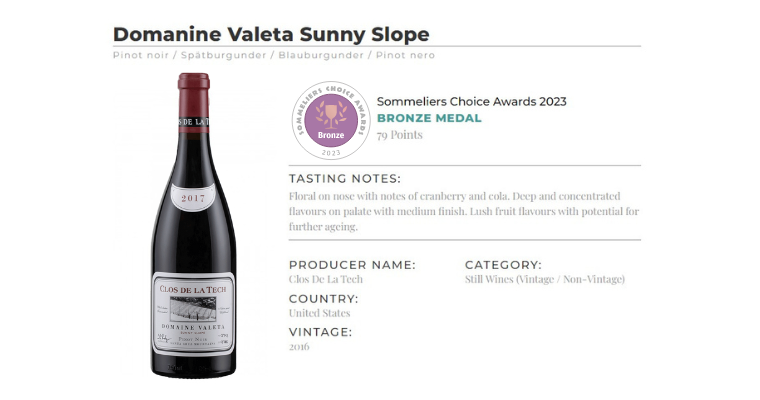
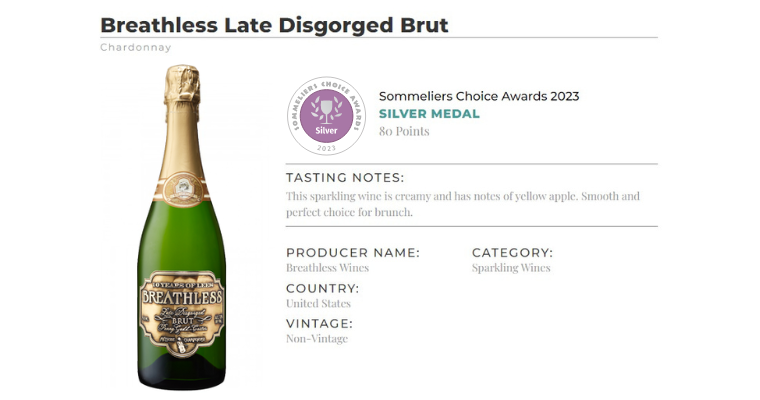
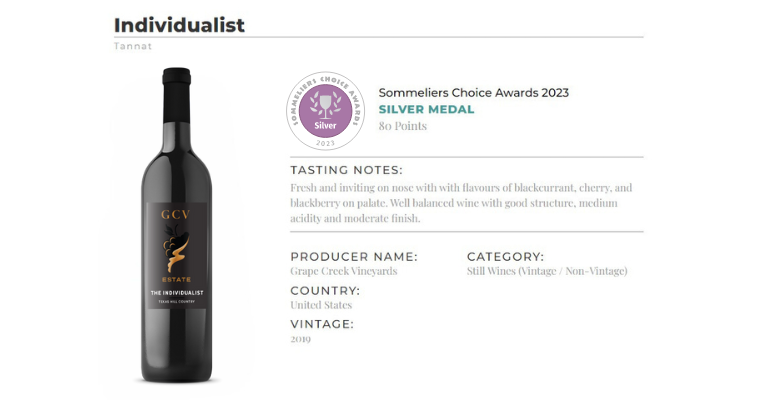
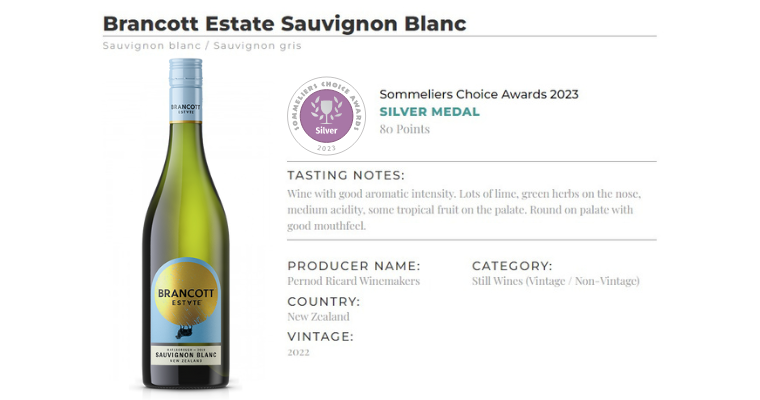
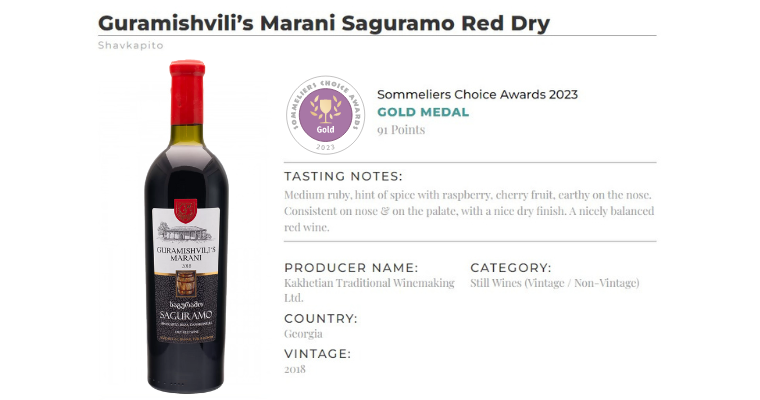
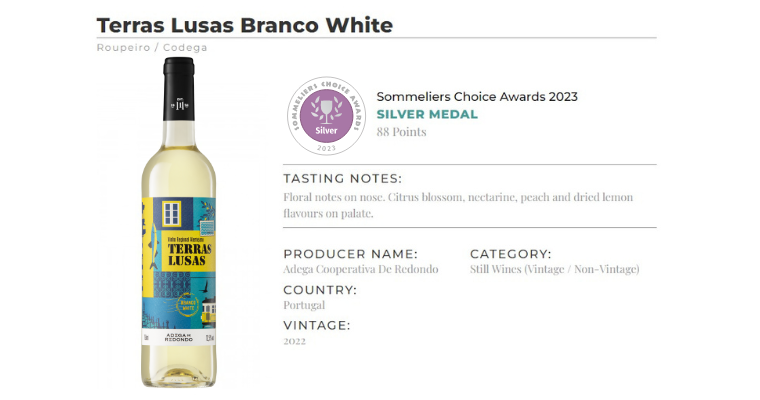
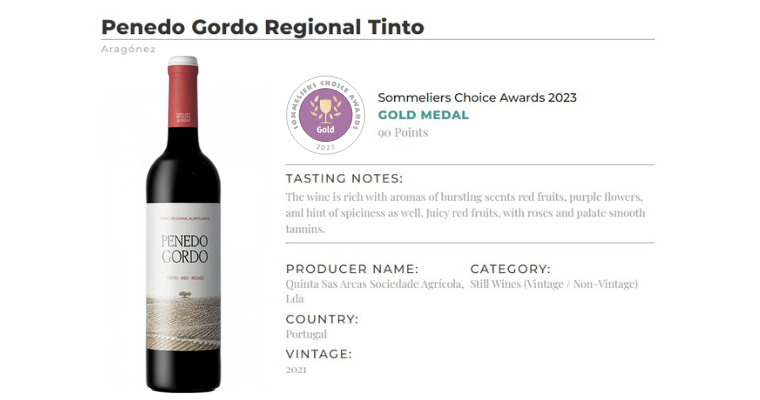
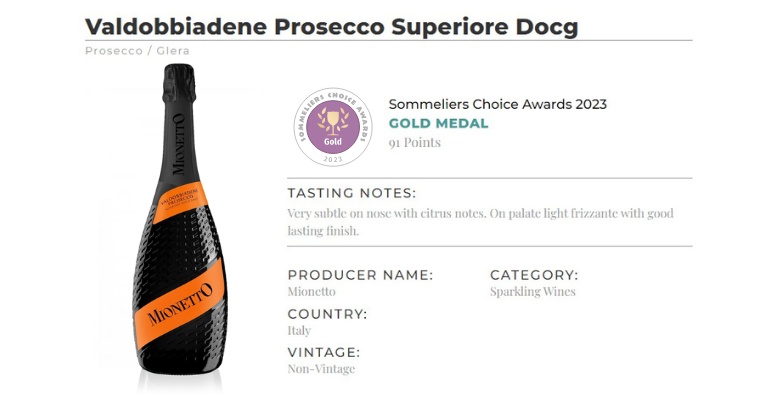
Check our conversation on White vs Red Wine with Sommeliers Choice Awards 2024 judge, Will Costello MS where he breaks up Wine Myths and delves deeper to share tips on how to upscale sales:
[[relatedPurchasesItems-61]]
2025 Sommeliers Choice Awards submissions is now open for domestic and international wines. Enter your Wines now to get the early bird pricing.
